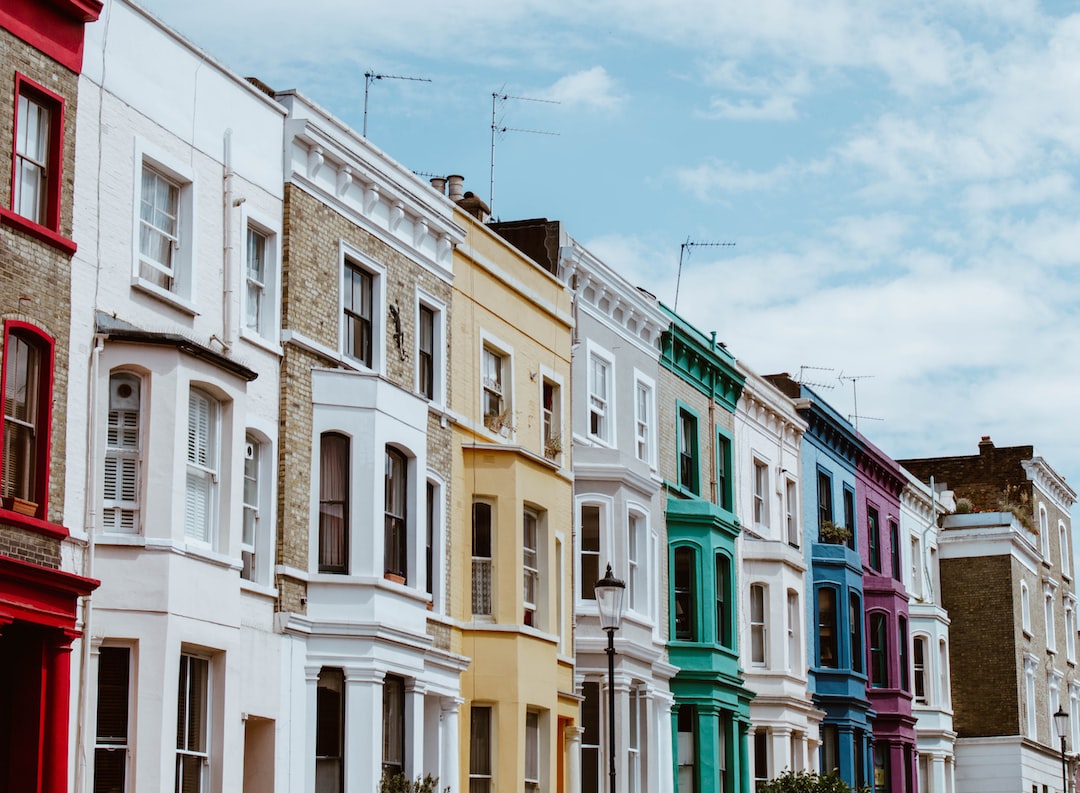When it comes to buying a property, there are two main types of ownership that you should be familiar with – leasehold and freehold. Understanding the difference between these two types of property ownership is important as it can have a significant impact on your rights and responsibilities as a homeowner, as well as the value of the property.
What is Leasehold?
When you buy a leasehold property, you essentially acquire the right to live in the property for a certain period of time. You own the property but not the land on which it is built. The land on which the property is built is owned by the freeholder, who is responsible for maintaining the building’s exterior and communal areas. As a leaseholder, you are required to pay ground rent, service charges, and sometimes administration fees to the freeholder.
Leasehold agreements can last for many years, often 99 or 125 years. Once the lease runs out, the property and land revert back to the freeholder, and you’ll no longer have a legal right to occupy the property.
What is Freehold?
A freehold property is one which you own outright, including the land upon which it sits. There is no landlord or freeholder involved, and therefore no ground rent or service charges to be paid. As a freeholder, you have complete control over the property and the land that it’s built on.
Freehold ownership means that you’re responsible for the upkeep and maintenance of the property, including any repairs and maintenance work that needs to be undertaken.
The Key Differences between Leasehold and Freehold
Ownership: Leasehold and freehold are two different types of property ownership. Leasehold means that you own the property for a limited period of time, whereas freehold means you own the property and the land upon which it sits outright.
Responsibilities: With a leasehold property, the freeholder is responsible for maintaining the communal areas and the building’s exterior. As a leaseholder, you will be responsible for the interior of the property. In contrast, as a freeholder, you’re responsible for all aspects of the property’s maintenance and upkeep.
Service Charges: Leaseholders are typically required to pay service charges to cover the cost of maintaining communal areas, including the building’s exterior and grounds. They may also be subject to additional ground rent and administration fees. There are typically no service charges or fees involved with freehold properties.
Ownership duration: A leasehold property is owned for a set period of time, typically 99 or 125 years. Once the lease expires, the ownership of the property reverts back to the freeholder/Landlord. In contrast, with a freehold property, there is no time limit on ownership.
Finally, it’s important to note that leasehold and freehold properties have different values. Freehold properties tend to be more expensive than leasehold properties due to the additional responsibilities and rights granted to the owner. This can make freehold ownership a more desirable option for many buyers.
In summary, the main difference between leasehold and freehold is one of ownership – leasehold is a time-limited ownership, whereas freehold provides you with complete ownership over the property and the land upon which it sits. Understanding these differences is essential when buying a property, as it can have a significant impact on your rights, obligations, and the value of the property. Ultimately, it’s important to take professional advice and carry out thorough research before making any property purchase.

